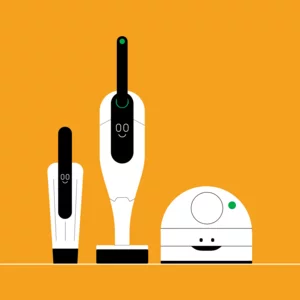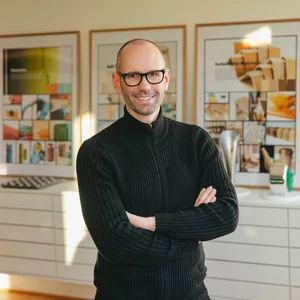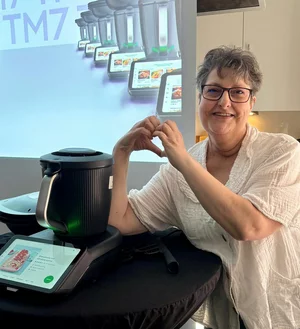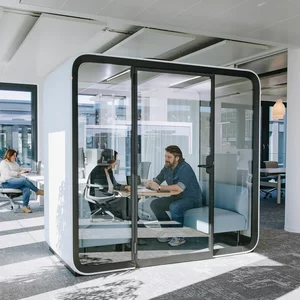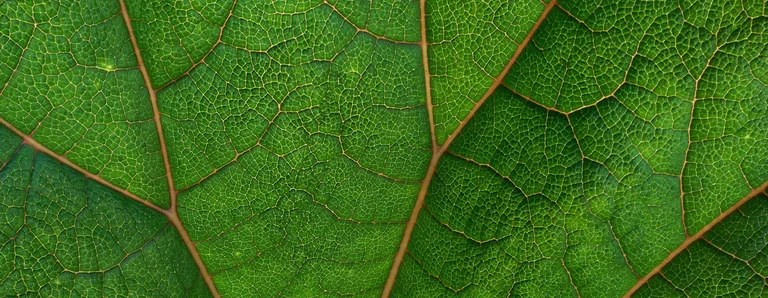
A report
When nature inspires technology
What do kingfishers have to do with Japanese bullet trains and a shark with aircraft construction? How about a tiger and the Thermomix® peeler? The three animals named have all inspired engineers to create unique inventions: that’s bionics. The term is derived from the words “biology” and “electronics”. Much of our daily lives are characterised by technology which has been modelled on nature. Mechanical engineer Dr. Michael Kroh, who leads the Materials Engineering department in research and development, reveals some Vorwerk products which use the plant and animal world as inspiration.
His mechanical engineering degree introduced him to the broad field of bionics, which refers to developments that imitate principles from nature. Bionics brings together the specialisms of natural sciences, engineering, architecture and design, and very few people realise how widely it has been implemented. It is a fantastically exciting area.
Nature has millions of years of developmental progress – why shouldn’t we make use of that wisdom?
Dr. Michael Kroh, materials expert

Mechanical Engineer Dr. Michael Kroh was born in Fulda. He has been at Vorwerk since 2016 and is also a lecturer in materials technology at the University of Wuppertal. He leads the nine-strong engineering team, which takes care of everything in the area of materials technology and is also jointly responsible for sustainability topics.
Birds as
ideal prototypes
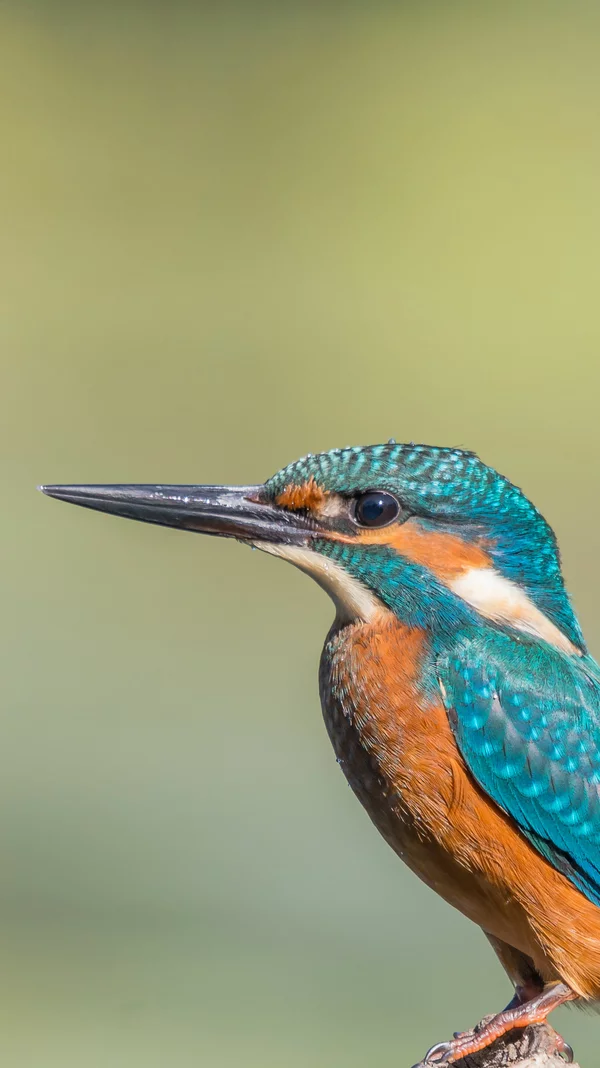
The delicate kingfisher with its long beak served as the model for engineers …

… when they were designing the front of the Japanese Shinkansen high-speed train.
Italian polymath Leonardo Da Vinci studied birds to design his flying machines. German aviation pioneer Otto Lilienthal (1848-1896) also based his flying machine design on the principles of uplift and air flow used by birds in flight: he replicated a bird’s skeleton and tensioned a thin layer of fabric over it.
While human ingenuity may devise various inventions (..), it will never devise anything more beautiful, nor more simple, nor more to the purpose than nature does.
Leonardo Da Vinci (1452-1519)
Let’s stay with birds for the moment. The delicate kingfisher with its long beak was the model for the front of the Japanese high-speed bullet train. The aerodynamic design with an elongated, nose-like prow shape generates less noise when the train comes out of a tunnel.
And did you know, birds can only fly because they are so light? Their feathers are enormously stable on the outside and hollow on the inside; their bones are the same. The inside of the bones has a sponge-like structure with lots of holes, making them as light as possible, but also as stable as necessary. The same applies to all mammals, including humans. Gustave Eiffel drew on this lightweight structure as a template for the construction of the Eiffel Tower.
Leaf structures at
Kobold
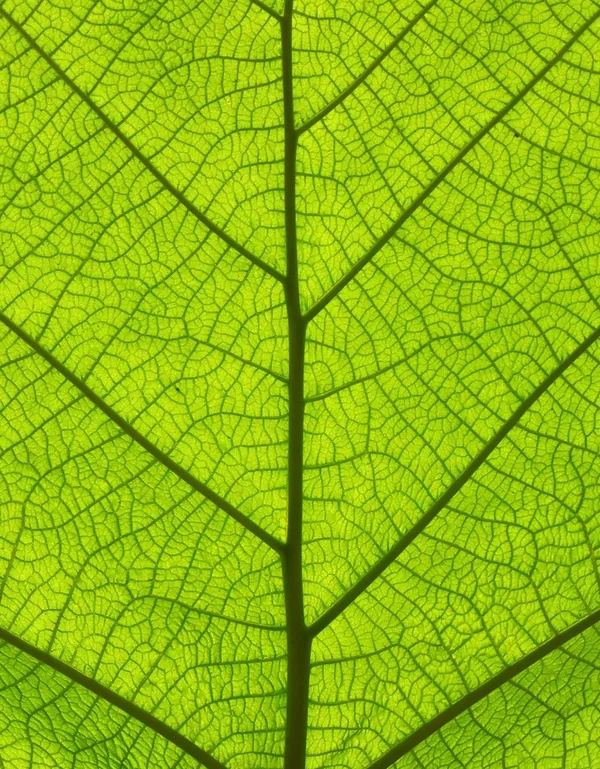
In nature, all leaves have a ribbed structure.
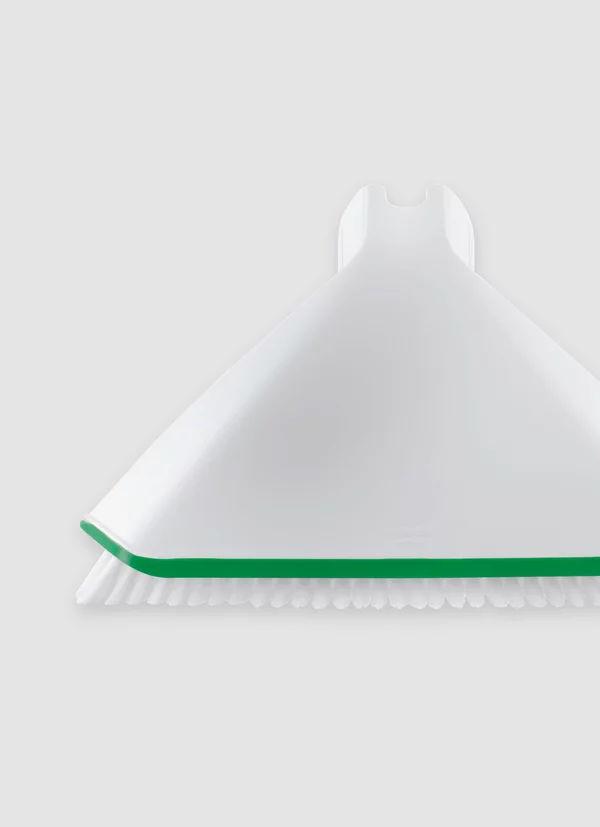
Vorwerk uses the same principle of these natural ribs in almost every component, including in Kobold products.
“Looking at hollow structures, we can transfer the same idea to elements such as the vacuum cleaner tube, housing and structural components,” says Dr. Kroh. To achieve maximum stability with as little material as possible, “we use the model of natural ribs for stiffening structures,” the engineer continues. “In nature this pattern occurs in all leaf structures. The technical terminology is ‘increasing the second moment of inertia by means of ribs’. Put simply, you start with a completely solid rod, then build it as an open tube with the same volume of material, so that it is stiffened on the outside and the tube is significantly more rigid. Another example is when you fold a sheet of paper in the middle. This also no longer bends as easily.”
Vorwerk uses this technique in almost every component. “Whether it’s a Kobold or a TM7, this brilliant ribbing technique can be seen everywhere,” enthuses Dr. Kroh. And it is always being further optimised too. While the combination of high stability and simultaneous low weight is particularly important for handheld vacuum cleaners, the Thermomix® would also be much less elegant without these delicate lightweight structures.
Bionics means imitating nature and deriving technical principles from it. Almost all of our products make use of this approach.
Dr. Michael Kroh, Head of Materials Technology at Vorwerk Research & Development at Vorwerk Elektrowerken
Vorwerk successfully uses bionics to make products more intelligent, more efficient and more sustainable. “Less material, higher performance and longer service lives – all of this can be achieved thanks to clever prototypes from nature,” comments Dr. Kroh. One illustrative example is tigers’ tongues. These are covered in tiny backward-facing thorn-like spines called papillae which create a rough, sandpaper-like surface that the animals use to effortlessly remove meat from bones and for cleaning their fur.
Efficient like a
tiger’s tongue

A tiger’s tongue has a rough, sandpaper-like surface.

This inspired Vorwerk when developing the peeler for the Thermomix®.
This inspired Vorwerk to develop the “peeler” for the Thermomix®, which works without a traditional blade. Its microstructured surface gently but effectively removes peel – without unnecessarily wasting food.
Dr. Kroh’s enthusiasm for bionics makes perfect sense when you discover all the fascinating adaptations it has been responsible for. For several million years now, evolution has been “designing” living creatures which are perfectly adapted to their environmental conditions. Think of giraffes, which have such long necks so that they can better reach the delicious leaves that are high up. Or the chameleon which can change colour to conceal itself from predators.
From the animal world
and into technology

Termite mounds implement a resource-efficient architecture for thermoregulation.
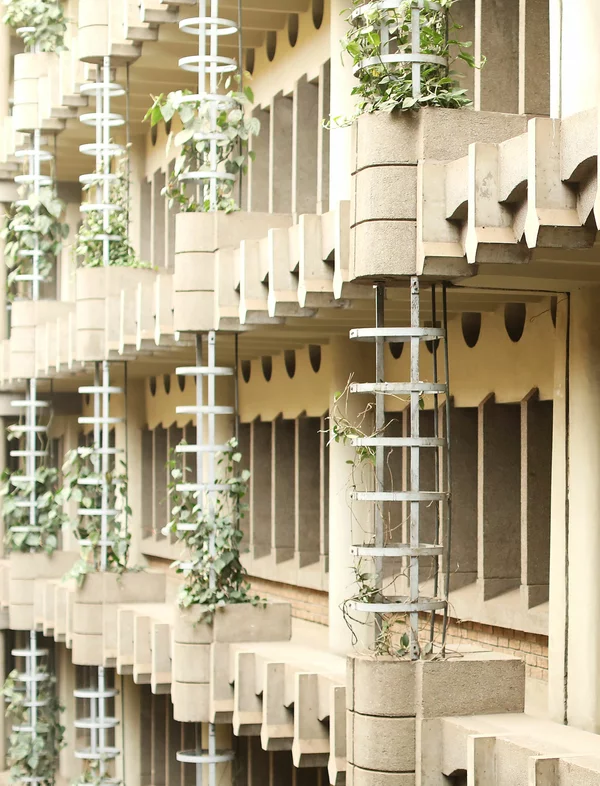
The same idea has been transferred to modern buildings such as Eastgate Centre in Harare, Zimbabwe.
Want to know more? Let’s dive deeper! You may have already heard of the lotus effect. The leaves of the lotus plant repel water and shed dirt; the same approach has been used to develop water-repellent surfaces and materials for textiles, and self-cleaning facade coatings.
The architecture of termite mounds is very resource-efficient. The internal temperature of the mound remains constant due to the natural ventilation and thermoregulation facilitated by the structure. This served as inspiration in the drafting of advanced buildings such as the Eastgate Centre in Harare, Zimbabwe. This striking office building uses passive cooling, thereby massively reducing energy consumption.
Fantastic projects have also arisen from how bees live. The honeycomb structure of a beehive is made up of regular hexagons, which uses material efficiently and is at the same time is very stable. Engineers have used this structure to create honeycomb composites for the aircraft – the Airbus A380 for example – and automotive industry.
No end in sight

Sharks have a skin surface which reduces water resistance and optimises their movement through the waves.

This provided the model for developing high hydrodynamic efficiency in clothing such as wetsuits, as well as ship and aircraft construction.
Fish skin, particularly that of sharks, has inspired materials with low resistance and high hydrodynamic efficiency. Have you ever stroked a shark? In the direction of the scales the skin feels like velvet, but in the opposite direction it’s like sandpaper. Shark skin reduces water resistance and optimises movement through the waves. This has inspired sports clothing such as wetsuits, as well as ship designs.
Technological progress is accelerating the advancement of bionics, and the resulting inventions are helping to make our modern way of life easier and more efficient.
The sustainability aspect is particularly important to Dr. Michael Kroh. In nature, materials stay in circulation. With recycling and bio-based materials, we can use the same principle and protect fossil resources. We already do this in some areas today, for example by using plastics produced from renewable raw materials. Who knows what nature will guide us to in future?

